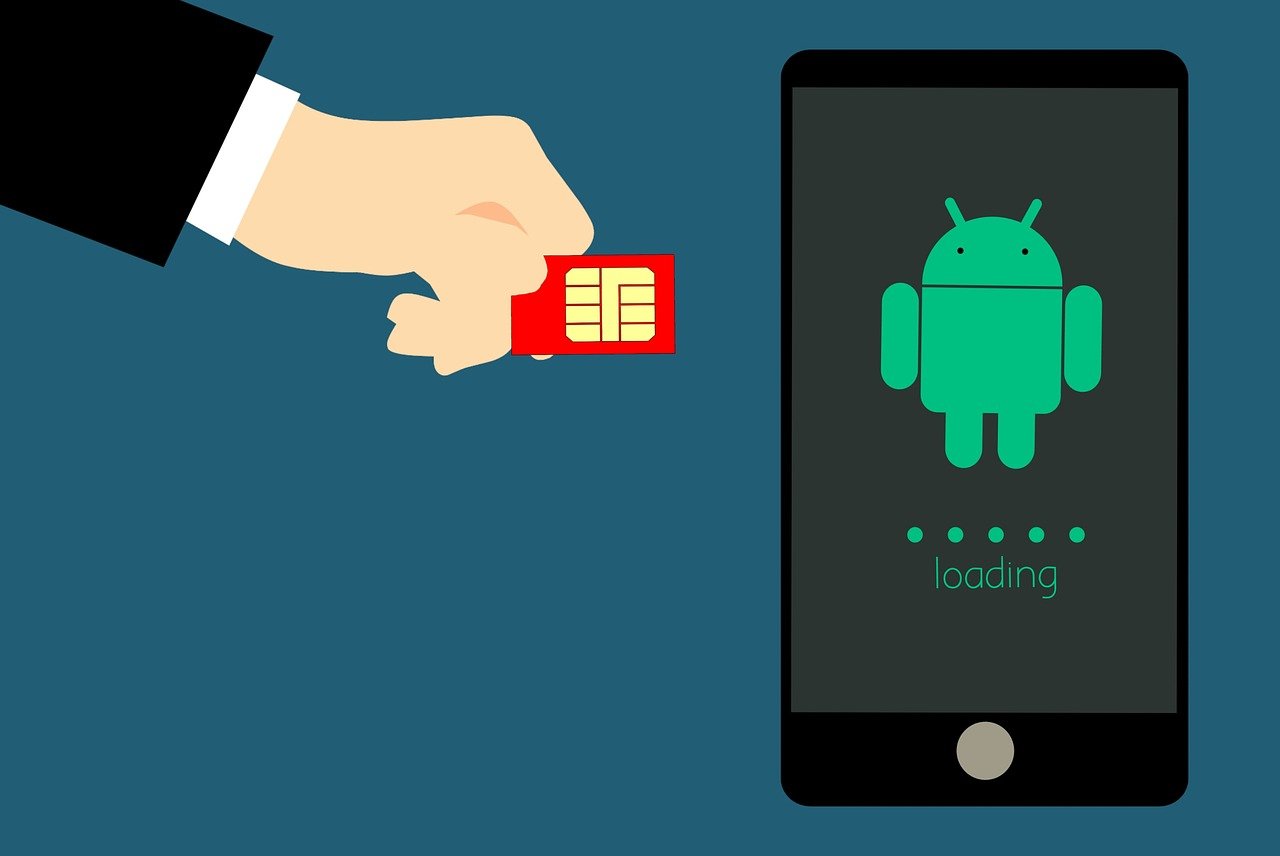In the rapidly evolving world of telecommunications, the shift from physical SIM cards to embedded SIMs (eSIMs) marks a significant leap towards more seamless, efficient, and adaptable mobile connectivity. This digital transformation, championed by innovators like Tripcel, is not merely a trend but a comprehensive upgrade on the traditional SIM card model. Let’s explore the compelling reasons why eSIM technology outshines its physical counterpart and why it’s becoming the preferred choice for mobile users globally.
The End of Physical Limitations
eSIMs eliminate the physical constraints associated with traditional SIM cards. Gone are the days of purchasing, swapping, and potentially losing tiny SIM cards. eSIM technology is built directly into your device, allowing you to activate and change your mobile plan without the need for physical handling. This advancement is not just about convenience; it’s a transformative approach that streamlines the user experience, making mobile connectivity more accessible and hassle-free.

Unprecedented Flexibility and Control
One of the most compelling advantages of eSIM technology is the unparalleled flexibility it offers. With eSIMs, users can switch between carriers or plans without the need for a physical SIM swap.This feature is particularly beneficial for travelers who often face the inconvenience of switching SIM cards to access local networks. Tripcel solutions exemplify this flexibility, enabling users to seamlessly connect to local networks across the globe without the traditional barriers.
Enhanced Security Features
eSIMs offer superior security compared to their physical counterparts. The embedded nature of eSIMs makes it virtually impossible to remove or tamper with, providing a safeguard against theft and unauthorized use. Additionally, the activation and management of eSIM profiles are done through secure software processes, further enhancing the security of your device and personal information.
Eco-Friendly and Economically Sound
The transition to eSIM technology represents a significant step forward in environmental sustainability. By eliminating the need for plastic SIM cards and the associated packaging, eSIMs contribute to reducing waste and carbon footprint. Moreover, the shift towards digital SIM technology can lead to considerable cost savings for manufacturers and providers, potentially translating to more economical options for consumers.
Future-Proofing Connectivity
As we move towards an increasingly interconnected world, the demand for more sophisticated and integrated technology grows. eSIM technology is at the forefront of this shift, offering a solution that is both future-proof and adaptable. With the capacity to support a wide range of devices beyond smartphones, including smartwatches, tablets, and IoT devices, eSIMs are paving the way for a new era of connectivity that transcends traditional mobile communication.
Conclusion: A Clear Path Forward
The advantages of eSIM technology over physical SIM cards are undeniable. From eliminating physical limitations to enhancing security, and from promoting environmental sustainability to future-proofing connectivity, eSIMs represent a significant leap forward in mobile technology. As pioneers in this space, companies like Tripcel are not just participating in this shift; they are leading the charge towards a more connected, flexible, and efficient future. The question is no longer if eSIM will become the new standard, but how quickly we can adapt to this superior technology.






Leave a reply